Areas of expertise:
- Infrastructures Against the Extreme Weather and Natural Hazards
- Construction Materials
- Energy and Buildings
- Innovative Structures
- Geotechnical Infrastructures
Active Projects:
1.
Energy, Economic and Environmental evaluation of buildings integrated with phase change materials in different climate zones of the world

2.
Sustainable Mobility Research in Central Asia (SUMRICA)
(Funded by Volkswagen Foundation, Germany)
Scientist-in-Charge of Project: Prof. Jong Kim
Brief description of project
- Land Use/Transportation Interactions
- Integrated Transportation Planning
- Accessibility
- Sustainable Urban Mobility
- Transport Policies and Governance
- Financing Public Transport Systems
Partners abroad: W.H. Arndt, G.N. Doge (BTU, Germany)

3.
Wireless Sensor Framework for Enhanced Characterization of Oil and Gas Reserves in Kazakhstan (Funded by NU)
PI: Prof. Jong Kim
Brief description of project
- Integrated wireless hardware for multi-metric sensing leveraging new wireless smart sensor platforms.
- Service-based software framework to support high-fidelity autonomous seismic imaging.
- UAV based data transmission/aggregation and digital mapping.
- Laboratory and field validation
Partners abroad: B.F. Spenser, Jr (UIUC, USA) ; Jongwoong Park (Chung Ang University, South Korea)

4.
Three-dimensional patient-specific reconstruction of optic nerve head morphology for risk assessment of glaucoma development and progression (Funded by NU)
PI: Prof. Jong Kim
Brief description of project
- Three-dimensional Reconstruction of ONH Morphology
- Clinical data collection and Investigation of ONH Morphology Change in Progressing Glaucomatous Eyes
- Design and Development of Patient-specific Ocular Model
- Clinical Guideline for Glaucoma Risk Assessment and Progression Prediction
Partners abroad: Match W.L. Ko (University of Hong Kong, China); Christopher Leung (Chinese University of Hong Kong)

5.
GEOHarzards: Risk Assessment, Mitigation and Prevention (GEO-RAMP), H2020-MSCA-RISE-2014 (Funded by European Commission)
Scientist-in-Charge of Project: Prof. Jong Kim
Brief description of project
- Advanced constitutive modelling of soils and rocks
- Landslides, avalanches and debris flows
- Flood and earthquake induced ge-ohazards
- Advanced numerical techniques: Discrete Element Methods
- Advanced numerical techniques: Finite Element Methods
Partners abroad: Stefano Utili (University of Newcastle, UK); Marcos Arroyo (UPC, Spain)

6.
Towards geoHazards rEsilient infRastruCtUre under changing cLimatES (HERCULES), H2020-MSCA-RISE-2017 (Funded by European Commission)
Scientist-in-Charge of Project: Prof. Jong Kim
Brief description of project
- Monitoring, characterizing and mapping of natural hazards
- Advanced constitutive modelling of geo-materials
- Water driven geo-hazards: climate impacts on flood and coastal erosion infrastructure
- Gravity driven geo-hazards: Landslides, debris flows, rock avalanches
- Earthquake driven geo-hazards
- Community-focused risk management and resilient building
Partners abroad: Xueyu Geng (University of Warwick, UK); Wei Wu (BOKU, Austria)

7.
Investigation of Using Strain Hardening Fibre Reinforced Cementitious Matrix from Polymer Fibre and Natural Fibre for Seismic Retrofit of Masonry Structures (UK Global Challenges Research Fund, PI: Kai Tai Wan; Co-PI: Dichuan Zhang)
Scientist-in-Charge of Project: Asst. Prof. Dichuan Zhang
Partners abroad: Kai Tai Wan (Brunel University London); Honggang Zhu (RA)




8.
Development of a Renewable Energy Storage System using Reinforced Concrete Foundations
Scientist-in-Charge of Project: Asst. Prof. Dichuan Zhang
Partners abroad: Wei Wu (BOKU)





9. Development of the sustainable and innovative ground improvement technique via environmentally friendly low-carbon rapid-hardening cements in Kazakhstan
Brief description of project
- For fundamental understanding on characteristics of CSA and evolution of CSA-treated soil (e.g., chemo-mechanical behavior through microstructure analysis
- To identify critical influence factors on strength and stiffness development of CSA-treated soil (e.g., various parameters such as geomaterial type, curing time, curing type- wet or dry, initial water content, water to cement ratio, etc.),
- To examine difference on short-term and long-term strength evolution between OPC-treated soil and CSA-treated soil
- To propose practical guidelines or design criteria on environmentally friendly low carbon rapid-hardening cement application for sustainable geotechnical ground improvement

Figure. Experimental testing setup (a) Ultra-sonic wave measurement, (b) BE test for measuring multiple Vs modes (c) Testing equipment for UCS and triaxial compression tests.




